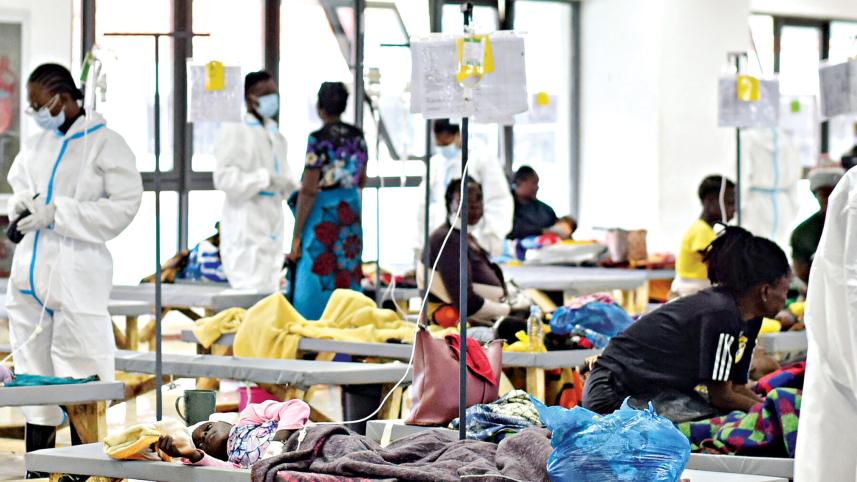Cholera kills more people for second consecutive year, while prevention and treatment available

Cholera deaths have surged for the second consecutive year, with the World Health Organisation's (WHO) reporting a 5% rise in cases and a 50% increase in deaths in 2024 compared to 2023. Over 6,000 people died from this preventable and treatable disease, which continues to spread due to factors like conflict, climate change, population displacement, and poor water, sanitation, and hygiene infrastructure.
Sixty countries reported cholera cases in 2024, up from 45 the previous year, with Africa, the Middle East, and Asia accounting for 98% of cases. Twelve countries saw outbreaks of over 10,000 cases, including several experiencing large outbreaks for the first time. The case fatality rate in Africa rose from 1.4% to 1.9%, highlighting the fragility of health systems and limited access to treatment. A quarter of deaths occurred outside health facilities.
To combat cholera, access to clean water, sanitation, hygiene, accurate information, and rapid treatment are essential. New cholera vaccines, such as Euvichol-S®, have been added to the global stockpile, but high demand has created supply shortages. In 2024, 40 million doses were approved for emergency use, but demand continues to outstrip supply.
The global cholera crisis persists into 2025, with 31 countries reporting outbreaks. WHO assesses the global risk from cholera as very high and is responding with urgency to reduce deaths and contain outbreaks in countries around the world. WHO continues to support countries through strengthened public health surveillance, case management, and prevention measures; provision of essential medical supplies; coordination of field deployments with partners; and support for risk communication and community engagement.
Source: World Health Organisation
 For all latest news, follow The Daily Star's Google News channel.
For all latest news, follow The Daily Star's Google News channel.
Comments